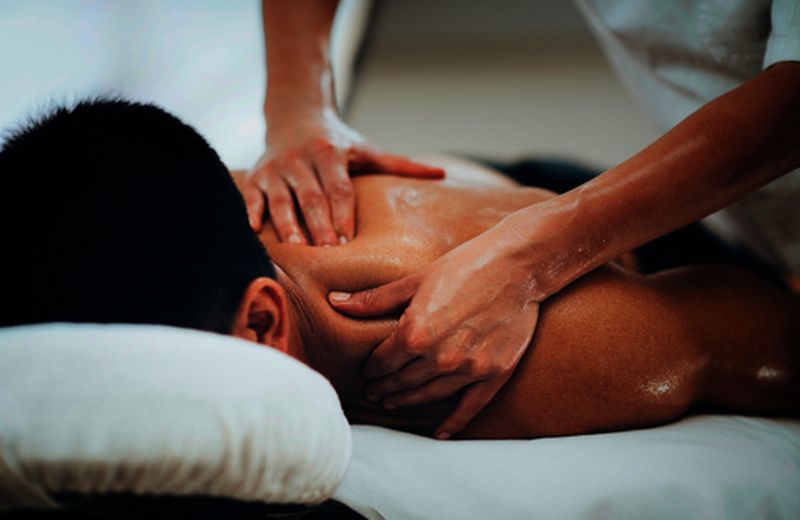Shoulder rehabilitation techniques
There are many muscles to work for the correct rehabilitation of the shoulder, a very delicate joint for athletes and many workers specialized in lifting weights. Here are some targeted exercises.

When we talk about shoulder rehabilitation we are referring to what in medical technical terms is called the scapulohumeral joint , formed by the humeral capsule inserted in the glenoid cavity, held together by the joint capsule, the tendons of the muscles and the ligaments proper.
Physiotherapeutic rehabilitation of the shoulder is necessary after surgical interventions or after the reduction of dislocations or subluxations.
Generally this happens after accidents (especially falls, such as from a horse, bicycle or motorbike) or sports injuries (gymnastics, martial arts, rugby or football in the case of the goalkeeper).
Pain and reduced movement are the consequences of shoulder problems: wear and tear of the rotator cuff, overtraining, accidents. As with all joints, the rule of good maintenance also applies to the shoulder: regular exercise, good muscles to support the joint, medical checks if pain or loss of mobility persist.
The degeneration of the shoulder tissues goes hand in hand with advancing age , therefore, once the “door” is exceeded, it is good to avoid excessive effort, work that overtaxes the shoulder (loading and unloading), and pay maximum attention to correctness and exercises in gym, especially when it comes to weight lifting.
Persistent pains during rest , muscle aches during shoulder movements even without overexertion, loss of strength in the act of lifting, feeling of friction between the parts that make up the shoulder joint are always suspicious symptoms.
Read also Knee rehabilitation techniques >>
Some shoulder rehabilitation techniques
When it comes to shoulder rehabilitation, we need to work on various muscles : deltoid, trapezius, rhomboid, supraspinatus, infraspinatus, subscapular, biceps and triceps.
We will work on strengthening and recovering flexibility.
> During the first exercise we will rest the hand of the shoulder that should not work on a horizontal surface, such as a table. The other arm will drop dertially from the shoulder and, in this relaxed condition, we will make it hang back and forth and rotate it in both directions. Great exercise for various shoulder muscles that can be repeated several times a day.
> To gain mobility and flexibility in the deltoidposterior we can perform a simple but effective stretching exercise that is quite common. Keeping the shoulder relaxed, we will extend the arm horizontally veso the opposite shoulder, in front of the chest, stretching it as much as possible and helping in this with the other arm to implement the stretch or to support the arm that is still weak.
> Here is a good exercise for the subscapular muscles . We would need a tool in this case, a light stick will be fine but we can also use a towel. We will hold the stick with both hands behind the back, at the height of the buttocks, and we will slide it slowly swinging from side to side by alternately stretching both shoulders. Maintain the stretch position for at least 30 seconds.
> We can also use the stick or the towel for another exercise, this time aimed at working the infraspinatus muscle. We will hold the stick in front of us, keeping the elbows bent at 90 degrees and close to the ribs. From this position we will move the stick, making sure that it is kept parallel to the ground and that the elbows do not detach from the body, from side to side, until the maximum degree of stretching is reached without, however, coming to feel pain. If possible, the stretch position should also be maintained for at least 30 seconds.
> If we have the opportunity to go to the gymor in any case to use elastic bands, an ideal exercise for the trapezius is to hold the bands with both hands, keep the elbows bent at 90 degrees close to the body with the forearms parallel to the ground, and slowly pull backwards meeting resistance elastic and working the shoulder muscles. Using this basic position we can rotate the shoulders upwards until the elbows, always bent at 90 degrees, do not reach shoulder height. At this point we will raise the forearms by rotating the elbows and we would work the important subspinal muscles.
























+ There are no comments
Add yours